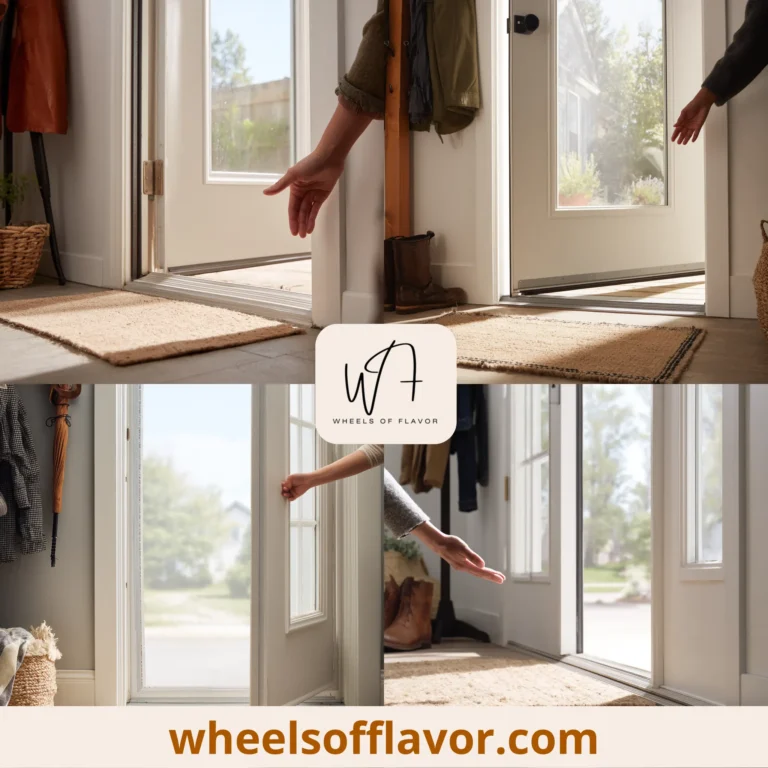
Weatherstripping your front door is a simple yet profoundly effective way to enhance your home’s energy efficiency, comfort, and security. With up to 54% of a home’s energy loss occurring through doors and windows, proper weatherstripping can significantly reduce drafts, lower energy bills, and keep your living space more comfortable year-round. This guide will walk you through the best practices for selecting and installing weatherstripping, ensuring your front door is sealed against the elements. Whether you’re battling cold winters or scorching summers, understanding the ins and outs of weatherstripping can make all the difference in creating a more sustainable and comfortable home environment.
Choosing the Right Weatherstripping for Your Front Door
Selecting the appropriate weatherstripping material is crucial for optimal performance. Options range from adhesive-backed foam tape, which is easy to install and ideal for minor gaps, to more durable materials like vinyl or metal strips for larger gaps and high-traffic areas. Consider factors such as the size of the gap, the door's material, and your local climate when making your choice. For a comprehensive guide on materials, visit Home Improvement Blog. Remember, the right weatherstripping can reduce energy loss by up to 54%, making it a worthwhile investment for any homeowner.
Step-by-Step Guide to Installing Weatherstripping on Your Front Door
Installing weatherstripping is a straightforward DIY project that can be completed in an afternoon. Start by cleaning the door frame to ensure the adhesive sticks properly. Measure the perimeter of your door to determine how much weatherstripping you'll need. Cut the material to size, then apply it carefully along the door frame, ensuring a snug fit when the door is closed. Pay special attention to the top and sides of the door, as these areas are most prone to drafts. For more detailed instructions, check out our guide on DIY and Budget-Friendly Decor.
Maintaining and Replacing Your Front Door Weatherstripping
Over time, weatherstripping can wear out or become less effective due to exposure to the elements. Regular maintenance, such as cleaning and inspecting for gaps or damage, can extend its lifespan. If you notice drafts or difficulty closing your door, it may be time to replace the weatherstripping. Replacing old or damaged weatherstripping is as simple as removing the old material and installing new strips, ensuring your front door remains energy-efficient and draft-free.
Conclusion
Weatherstripping your front door is an easy and cost-effective way to improve your home's energy efficiency and comfort. By choosing the right materials, properly installing them, and performing regular maintenance, you can enjoy a more comfortable living environment and lower energy bills. With the potential to reduce energy loss by up to 54%, weatherstripping is a smart home improvement project that pays for itself over time. Looking ahead, consider integrating smart home technology with your weatherstripping for even greater efficiency and convenience. Start your weatherstripping project today and feel the difference tomorrow.
Frequently Asked Questions
Q: How often should I replace the weatherstripping on my front door?
Weatherstripping should be inspected annually and replaced every 3-5 years, depending on wear and tear. Signs that it's time to replace include visible damage, drafts, or difficulty closing the door.
Q: Can weatherstripping reduce noise as well as drafts?
Yes, properly installed weatherstripping can also help reduce noise infiltration by sealing gaps around your front door, making your home quieter and more peaceful.
Q: Is weatherstripping a front door a DIY project?
Absolutely! Weatherstripping is one of the simplest DIY home improvement projects. With the right materials and a little patience, most homeowners can complete the job in a few hours.

